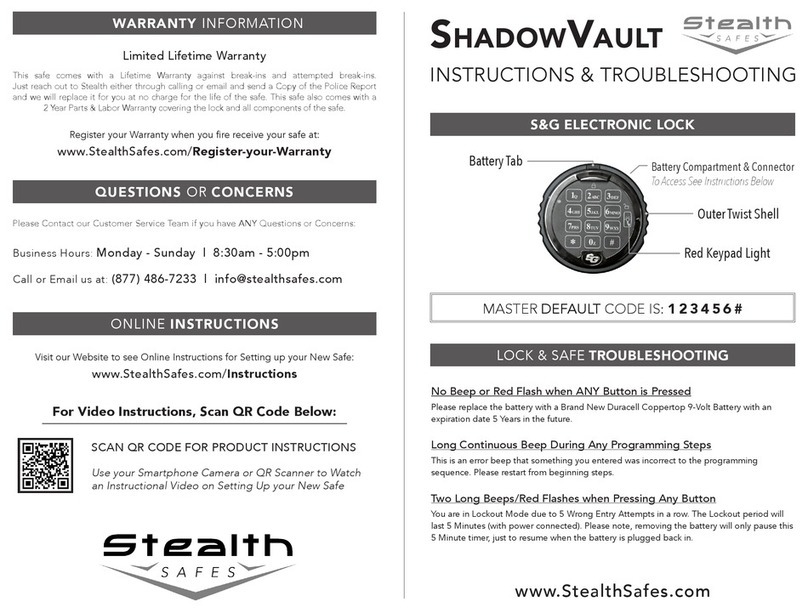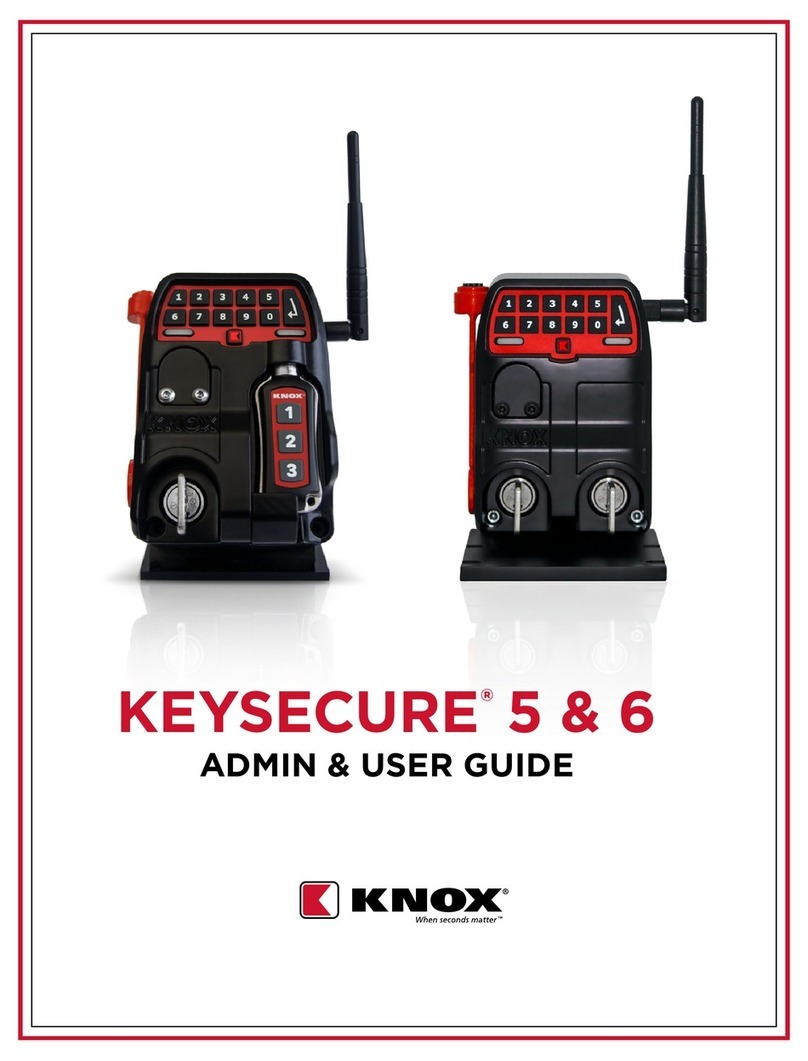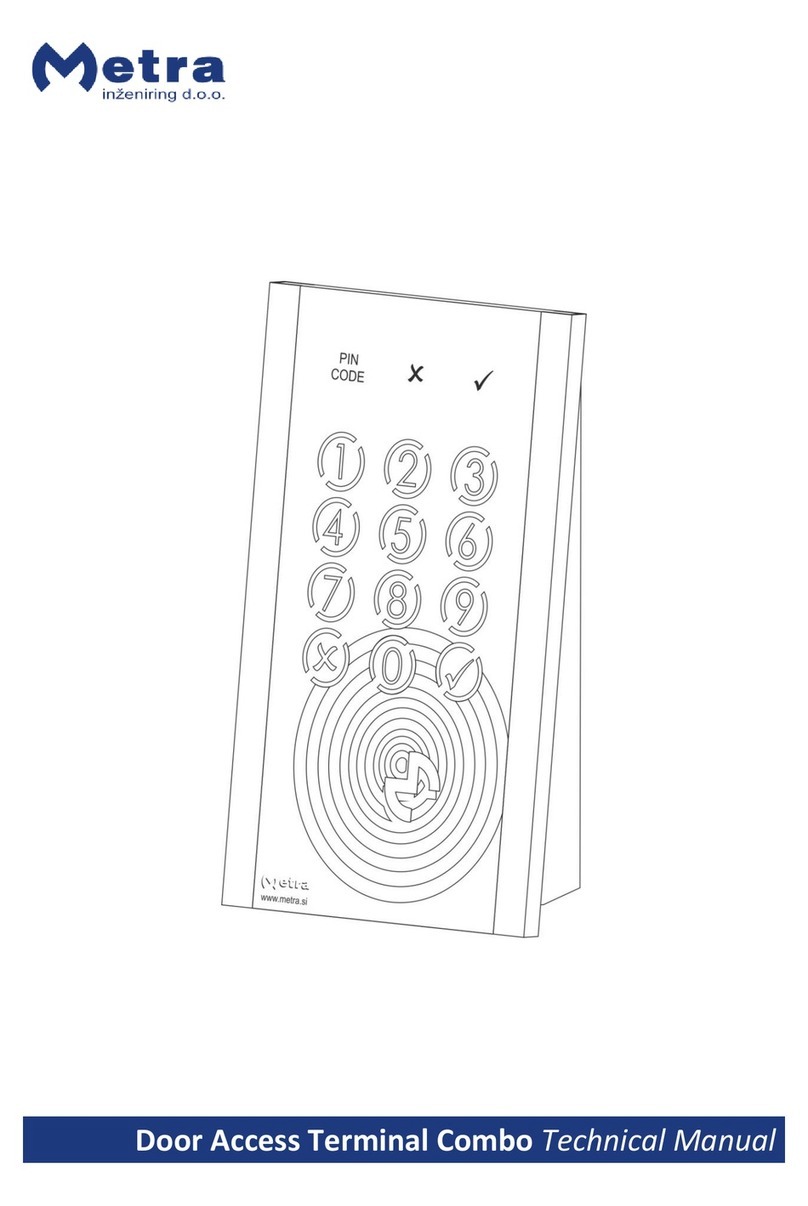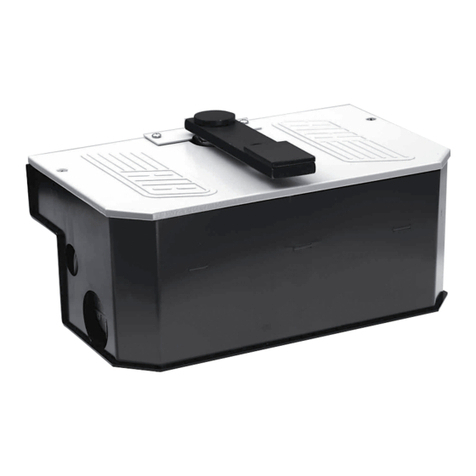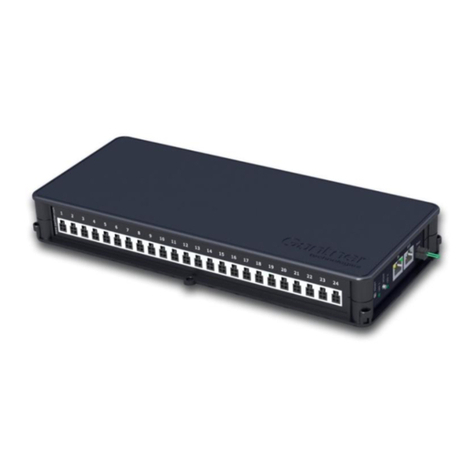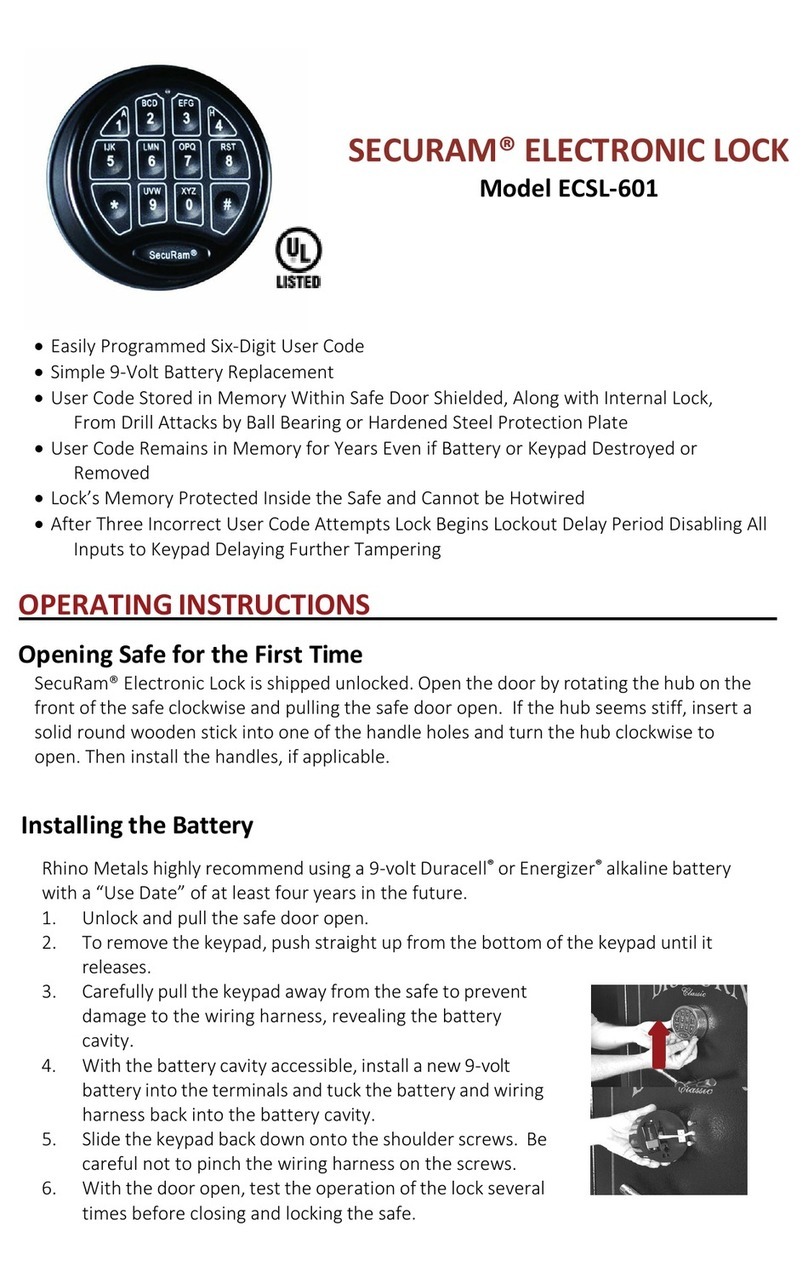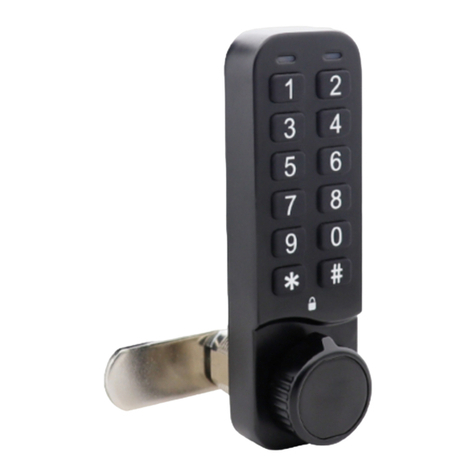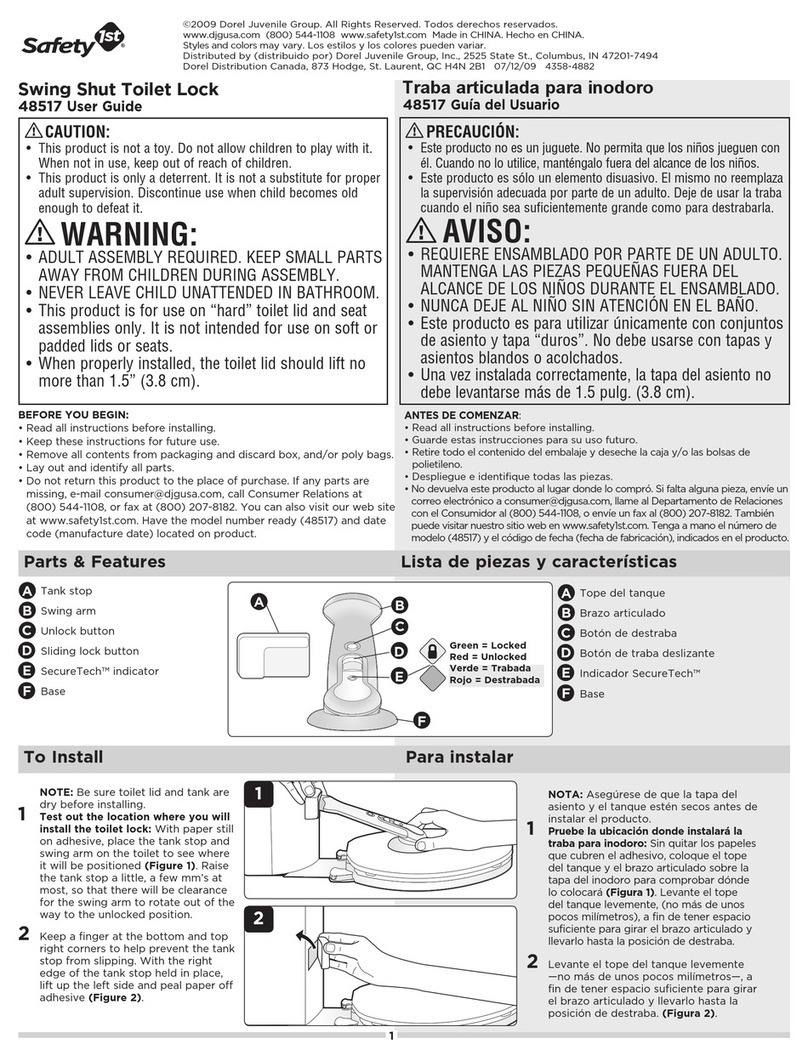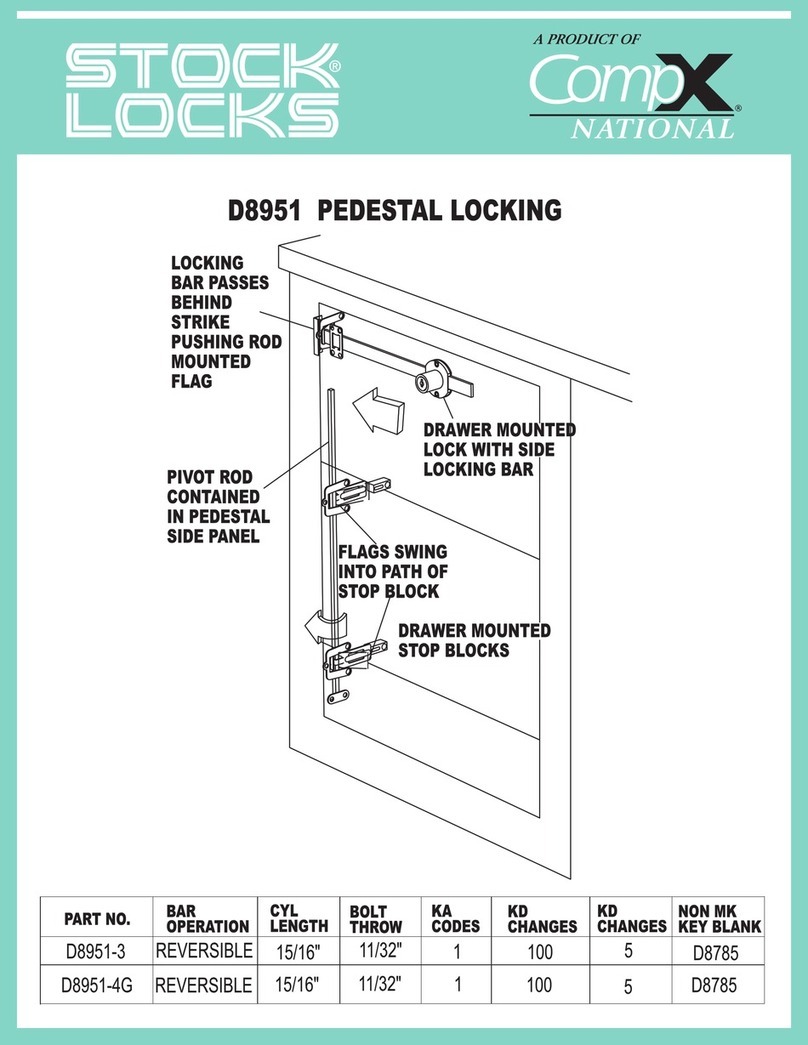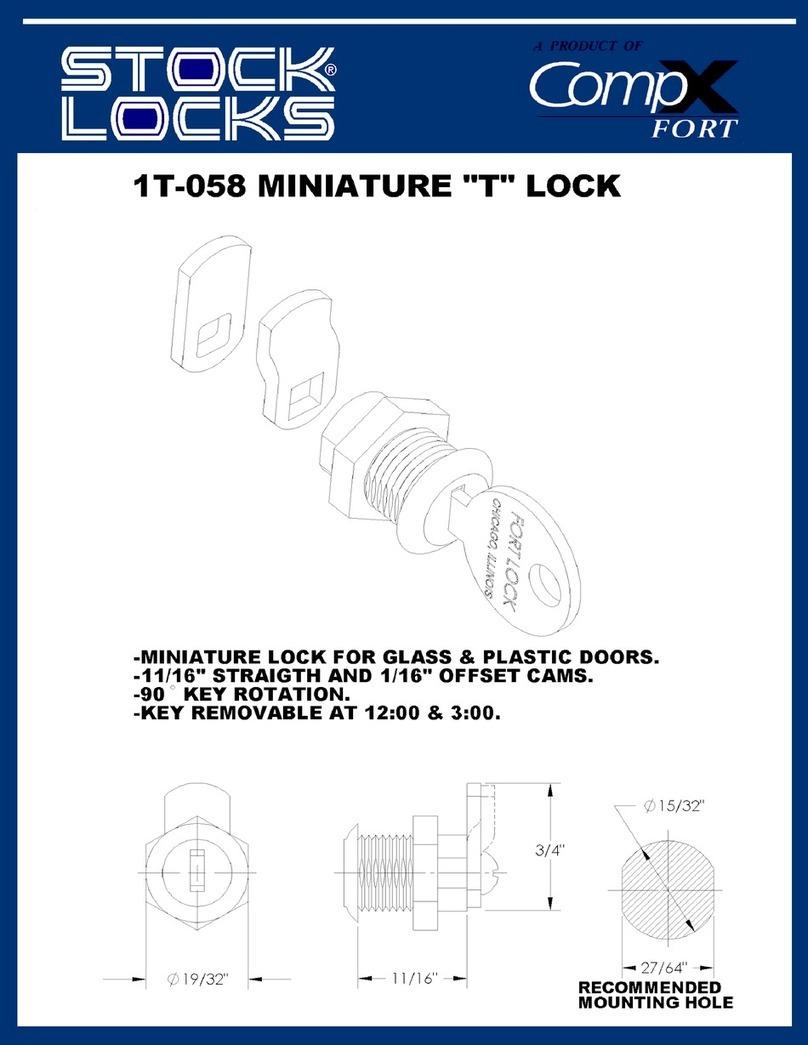
1. View of Generic Padlock
2. Disassembly/Reassembly of Series 1105, 1205, 1305,
5100, 5200, 5260, 5300, 5360, 5530, 5560, 5570
3. Generic Padlock In Open and Closed Position
4. View of Retainer
5. View of Series 700 Padlock
6. Disassembly/Reassembly of Series 700
7. View of Cylinder Detail PTC12/14
8. Rekeying PTC12/14 Cylinder - Option 1
9. Rekeying PTC12/14 Cylinder - Option 2
10. Key Spacing, Depth Information and Pin Dimensions
11. Restricted Keyways
12. View of Coverplates
13. View of Series 748 Padlock
14. Disassembly/Reassembly of Series 748
15. View of Cylinder Detail Series 2000 and 2010
16. Disassembly/Reassembly Series 2000 and 2010
17. View of Cylinder Detail Series 2500
18. Disassembly/Reassembly Series 2500
19. View of 780/790 Padlocks/Deadlock Retainer
20. Disassembly/Reassembly Series 780/790
Key-In-Knob
21. View of Multi-Cylinder KIK Series 3600, 3700, 3800 Padlocks
22. Disassembly/Reassembly of KIK Series 3600, 3700, 3800
23. Drivers for KIK Series 3600, 3700, 3800
24. Key Advantage® Rekeying Instructions
25. Retainers for KIK Series 3600, 3700, 3800
Interchangeable Core
27. View of IC Series 1405 Padlocks
28. Disassembly/Reassembly of IC Series 1405
29. View of IC Series 3105, 3200, 3260, 3560, 3570 Padlocks
30. Disassembly/Reassembly of IC Series 3105, 3200, 3260, 3560, 3570
31. View of IC Series 3900 Padlocks
32. Disassembly/Reassembly of IC Series 3900
Tubular
33. View of Tubular Series 7200, 7260, 7300 Padlocks
34. Disassembly/Reassembly of Tubular Series 7200, 7260, 7300
35. View of Tubular Cylinder Detail
36. View of CylinderAssembly with Driver for Tubular Series
37. Rekeying Instructions - Tubular Cylinder Series 7000,7260, 7300
38. 7-Pin Center Tubular Lock Data Series 7000 & 8000
39. View of Tubular Cam Lock Construction Series 8000
Blade Tumbler Padlocks
41
.
View of Blade Tumbler Series H10
42. Disassembly/Reassembly Blade Tumbler Cylinder Series H10
43. View of Blade Tumbler Series L50
44. Disassembly/Reassembly of Blade Tumbler Series L50
45. Cylinder Detail - Series H10 & L50
Laminated Padlock
46. Rekeyable Laminated Padlock
Section Two - Service Parts PAGES 1-37
Table of Contents
Section One - Service Manual

